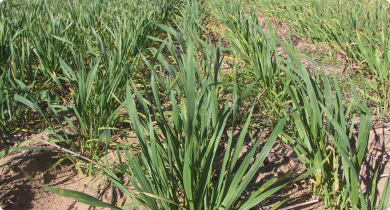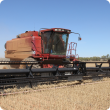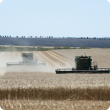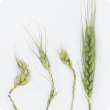Wheat
Wheat production accounts for 65% of total cereal production in Western Australia with about ten million tonnes generated annually in a rain-fed system across four million hectares of land.
About 95% of WA wheat is exported - predominantly to Asia and the Middle East - generating $2-5 billion in annual export earnings for the state.
Despite a decline in annual rainfall, the improvement in agronomic practices and development of new premium wheat varieties have enabled an increase in WA wheat yield over the past 30 years at a rate higher than world average.
The Department of Primary Industries and Regional Development has a strong research, development and extension focus on wheat production through its long history in wheat breeding - now privatised through Intergrain - and the development of wheat variety management packages for the state’s grain production zones.
Articles
Filter by search
Filter by topic
- (-) Remove Climate & weather filter Climate & weather
- Climate, land & water (10) Apply Climate, land & water filter
- Frost (5) Apply Frost filter
- Soils (3) Apply Soils filter
- Canola (3) Apply Canola filter
- Production & postharvest (3) Apply Production & postharvest filter
- Managing soils (2) Apply Managing soils filter
- Climate change (2) Apply Climate change filter
- Pastures (1) Apply Pastures filter
- Measuring and assessing soils (1) Apply Measuring and assessing soils filter
- Soil compaction (1) Apply Soil compaction filter
- Sowing (1) Apply Sowing filter
- Lupins (1) Apply Lupins filter
- Water repellence (1) Apply Water repellence filter
- Feeding & nutrition (1) Apply Feeding & nutrition filter
- Barley (1) Apply Barley filter
- Grains Research & Development (1) Apply Grains Research & Development filter
- Grains research & development (1) Apply Grains research & development filter
- Livestock & animals (1) Apply Livestock & animals filter
- Livestock management (1) Apply Livestock management filter






